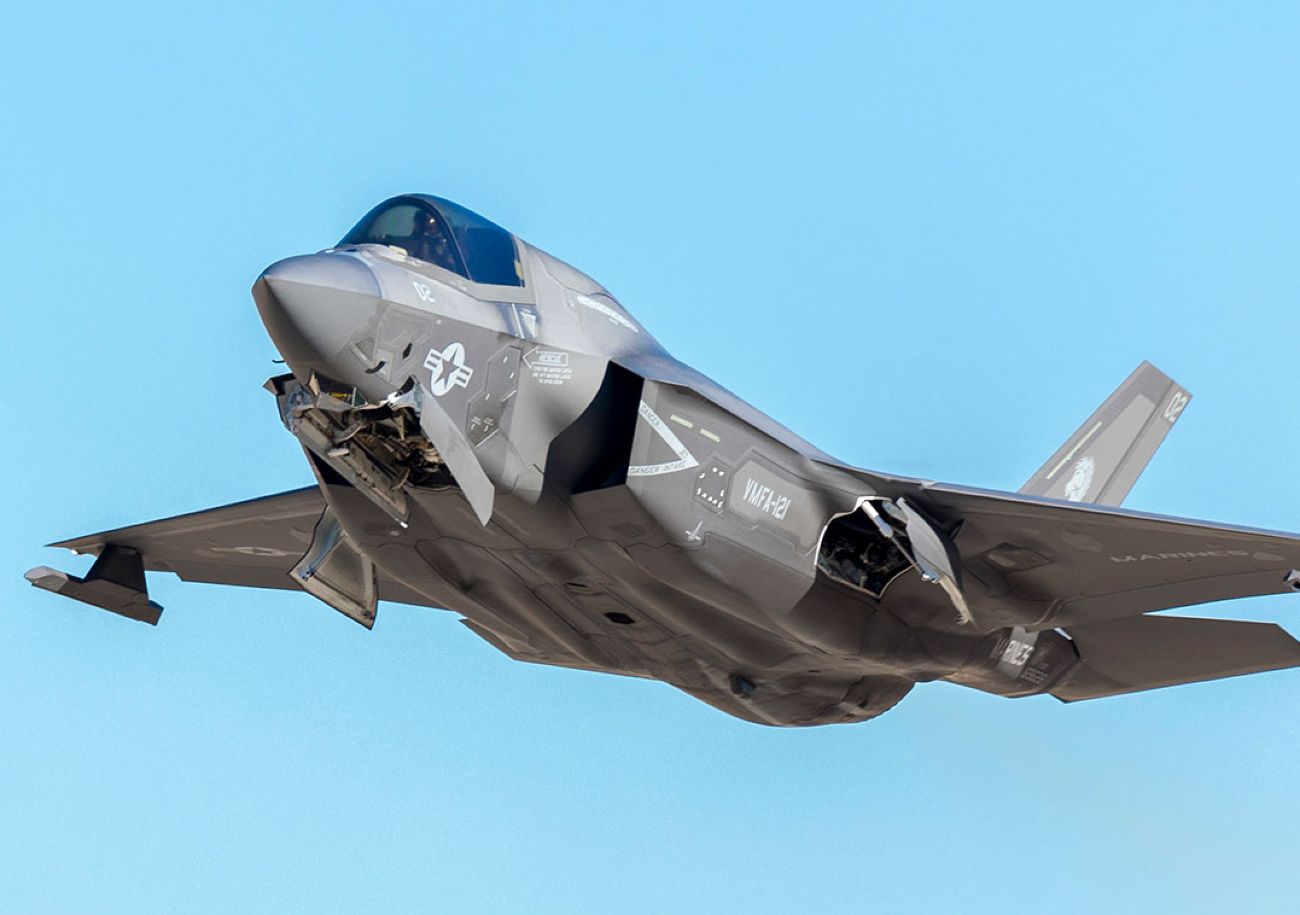Amid escalating concerns stemming from the perceived threat posed by China and North Korea, both South Korea and Japan have taken proactive measures by initiating and participating in joint military drills with their key allies.
On August 30, the United States separately deployed B-1B bombers for joint exercises with South Korea and Japan, reflecting the intensified cooperation among allies to address challenges posed by regional rivals.
Seoul’s defense ministry reported that South Korea and the United States carried out joint aerial exercises, which included the participation of at least one US B-1B strategic bomber.
These drills are part of the annual collaborative military exercises between the two allies. The ministry stated that FA-50 fighter jets from South Korea accompanied US F-16 fighters during the exercises to escort the B-1B aircraft over the Korean Peninsula.
This marked the tenth instance of such a flight by an American bomber this year. The exercises showcased the practical implementation of “extended deterrence” and a robust collaborative defense stance.
The deployment of “US strategic assets” was in response to North Korea’s recent attempt to launch its alleged space vehicle, as highlighted by the statement from the ministry.
North Korea’s recent unsuccessful attempt to launch the Chollima-1 rocket, which carried a military spy satellite, marked its second launch failure this year.
On the other hand, a pair of US Air Force B-1Bs participated in collaborative exercises alongside 12 Japanese fighter aircraft, which comprised four F-15 jets.
According to Japan’s MoD, the joint US-Japan air exercises conducted over the Sea of Japan on August 30 validated the preparedness of both armed forces to address any circumstances, particularly in light of North Korea’s ballistic missile tests.
Furthermore, Japan engaged in a three-way naval missile defense drill alongside the United States and South Korea on August 29.
Consistently, North Korea criticizes these joint military drills, labeling them as rehearsals for war. The allies, however, emphasize that the exercises are purely defensive.
Australian F-35s In Japan
On August 30, three Royal Australian Air Force F-35 stealth fighter jets arrived at the Japanese Air Self-Defense Force’s Komatsu base in Ishikawa Prefecture for joint aerial training.

The Japan Air Self-Defense Force (JASDF) shared a post on X about the Australian Air Force’s arrival and accompanying images. One of the pictures shows a JASDF F-15J (82-8897) featuring a unique special scheme with an Australia-themed design for the “Ex Bushido Guardian” event.
On Aug 30, #JASDF welcomed #AusAirForce #F35A at #KomatsuAirBase. JASDF and AusAirForce are conducting bilateral Ex. #BushidoGuardian23, to which the #RAA is firstly applied in Japan. JASDF is committed to enhance interoperability and mutual understanding with AusAirForce.
🇯🇵🤝🇦🇺 pic.twitter.com/MEFALJ7lHk— Japan Air Self-Defense Force (@JASDF_PAO_ENG) August 30, 2023
The JASDF also expressed its commitment to improving interoperability and fostering mutual understanding with the Australian Air Force.
Meanwhile, an additional three RAAF F-35s are scheduled to arrive in Japan to participate in the Bushido Guardian drills, which will take place until September 15. These exercises will involve over 20 ASDF fighters, including F-35s and F-15s.
Melanie Buswell, RAAF air training commanding officer, stated during a welcome ceremony at the central Japan air base that the joint drills would offer the Japanese and Australian forces a chance to exchange knowledge and resources, strengthening their partnership on all levels.
During a subsequent joint press conference, Kimi Onoda, Japan’s parliamentary vice defense minister, remarked that these drills would elevate the defense cooperation between the two nations to a new level.
This event marks the second joint training between ASDF and RAAF in Japan, following a similar exercise in 2019. However, according to the Japan-based Nippon, it will be the first joint training involving F-35 aircraft from both countries.
Recently, Japan also deployed two of its Air Self-Defense Force F-35A fighter jets to a military base in Australia for training. This event marked the inaugural overseas deployment of these aircraft by Japan.
Australia holds the distinction of being the first country to enter into a Reciprocal Access Agreement with Japan. This agreement establishes regulations for the transportation of weapons during collaborative exercises and disaster relief operations between the two nations.
This agreement shares similarities with Japan’s equivalent arrangement with its security ally, the United States, known as the Status of Forces Agreement.
In addition to its engagements with Australia, Japan has recently undertaken joint aerial exercises with the Air Forces of Italy, France, and Germany. These collaborations showcase Japan’s intent to enhance cooperation with its allied nations.
- Contact the author at ashishmichel(at)gmail.com
- Follow EurAsian Times on Google News